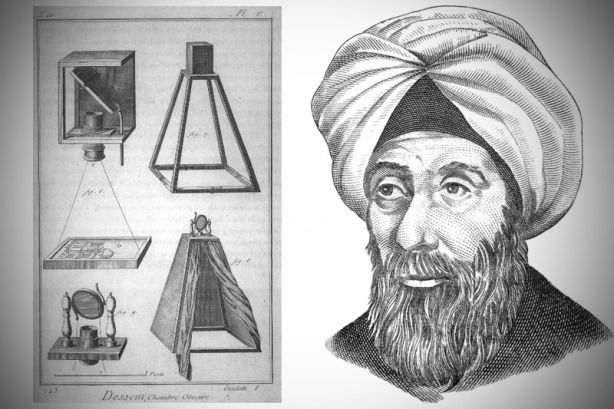The world was recently shocked by reports of a new and dangerous trend in warfare: the weaponization of communication devices, with pagers being used as explosive devices across Lebanon. This unprecedented event marks a chilling escalation in the misuse of everyday technology, turning what was once a harmless means of communication into a tool of destruction. The implications for manufacturers and society at large are enormous, raising urgent questions about the responsibility of tech companies and the evolving nature of warfare.
Pager Explosions: A New Dimension of Warfare
In a world where technological advancements have connected people across borders, the idea of a communication device being used as a weapon seems both improbable and terrifying. Pagers, once ubiquitous in the 1980s and 1990s as a primary tool for sending short messages, have long since been replaced by modern smartphones. However, their simplicity and outdated technology may have ironically made them an attractive target for exploitation by malicious actors.
Recent reports from Lebanon suggest that a series of explosions triggered by manipulated pagers have caused significant damage and loss of life. These attacks represent a stark reminder that even outdated or seemingly benign technology can be repurposed for harmful purposes in the wrong hands.
The Implications for Manufacturers: Are They Doing Enough?
The transformation of pagers into explosive devices puts manufacturers in the spotlight. It raises critical questions about the security features in communication devices and whether manufacturers are doing enough to ensure that their products cannot be weaponized. While pagers may be older technology, the same concerns apply to modern devices, from smartphones to IoT gadgets, which are increasingly integrated into daily life.
Manufacturers must now confront the reality that communication devices, if not adequately protected, can be exploited for nefarious purposes. This includes ensuring that their products are not easily tampered with, hacked, or modified by malicious individuals or groups. The responsibility to design secure devices goes beyond just privacy concerns; it now involves protecting users from physical harm.
The Challenge of Preventing Device Weaponization
The weaponization of pagers in Lebanon highlights a significant challenge for both governments and manufacturers: how to prevent ordinary technology from being transformed into tools of war. As devices become more connected through the Internet of Things (IoT), the potential for their misuse increases. The world has already witnessed cyberattacks, data breaches, and surveillance scandals, but the physical transformation of communication devices into weapons takes the threat to a whole new level.
This new kind of warfare is complex and difficult to counter because it involves technologies that are readily available and widely used. Manufacturers must adopt stronger security protocols, including tamper-proof designs and advanced encryption methods, to prevent their products from being exploited. Moreover, collaboration with governments and law enforcement agencies is crucial to track and counteract these new threats in real-time.
A New War: The Global Community Must Take Notice
The pager explosions in Lebanon serve as a stark warning to the world about the evolving nature of conflict. The weaponization of communication devices signals a new form of warfare that can strike at any time, using technology that is widely accessible. Unlike traditional warfare, which is often fought with clear battle lines and military equipment, this new war can be waged anywhere, using devices that millions of people rely on for daily tasks.
This raises significant concerns for global security. Governments must now consider the potential for attacks that utilize communication devices as weapons, and develop strategies to mitigate these risks. From pagers to smartphones, the possibility of device manipulation must be taken seriously by all nations. The development of international regulations and standards for device security is now more urgent than ever.
The Role of Manufacturers in Safeguarding the Future
Manufacturers of communication devices are now faced with an ethical dilemma. While the primary function of their products is to enhance connectivity and facilitate communication, they must also take responsibility for ensuring that their devices cannot be easily weaponized. This requires a proactive approach to security, incorporating advanced technologies to prevent tampering, remote hijacking, or the embedding of dangerous software or components.
In addition, manufacturers need to stay ahead of the curve when it comes to understanding the evolving threats posed by malicious actors. Investing in research and development to create secure, tamper-resistant devices is not just a business imperative but a moral responsibility in the face of this new kind of war.
Conclusion: A Wake-Up Call for the World
The use of pagers as explosive devices in Lebanon is a chilling reminder that the future of warfare is no longer confined to the battlefield. The world must wake up to the reality that communication devices, if not properly secured, can be weaponized in ways that are both unexpected and devastating. The responsibility to prevent this lies not only with governments and law enforcement but also with manufacturers, who must take a leading role in safeguarding the technology they create.
The world must now prepare for a new kind of war—one where the weapons are not guns or missiles but everyday devices. The pager explosions across Lebanon are just the beginning, and the global community must act swiftly to prevent this new form of warfare from spreading.





















